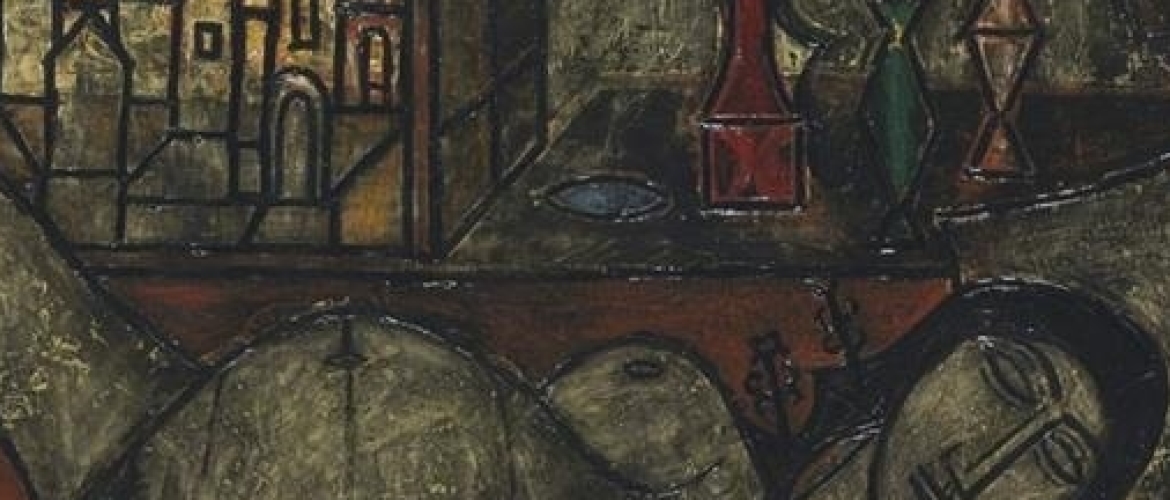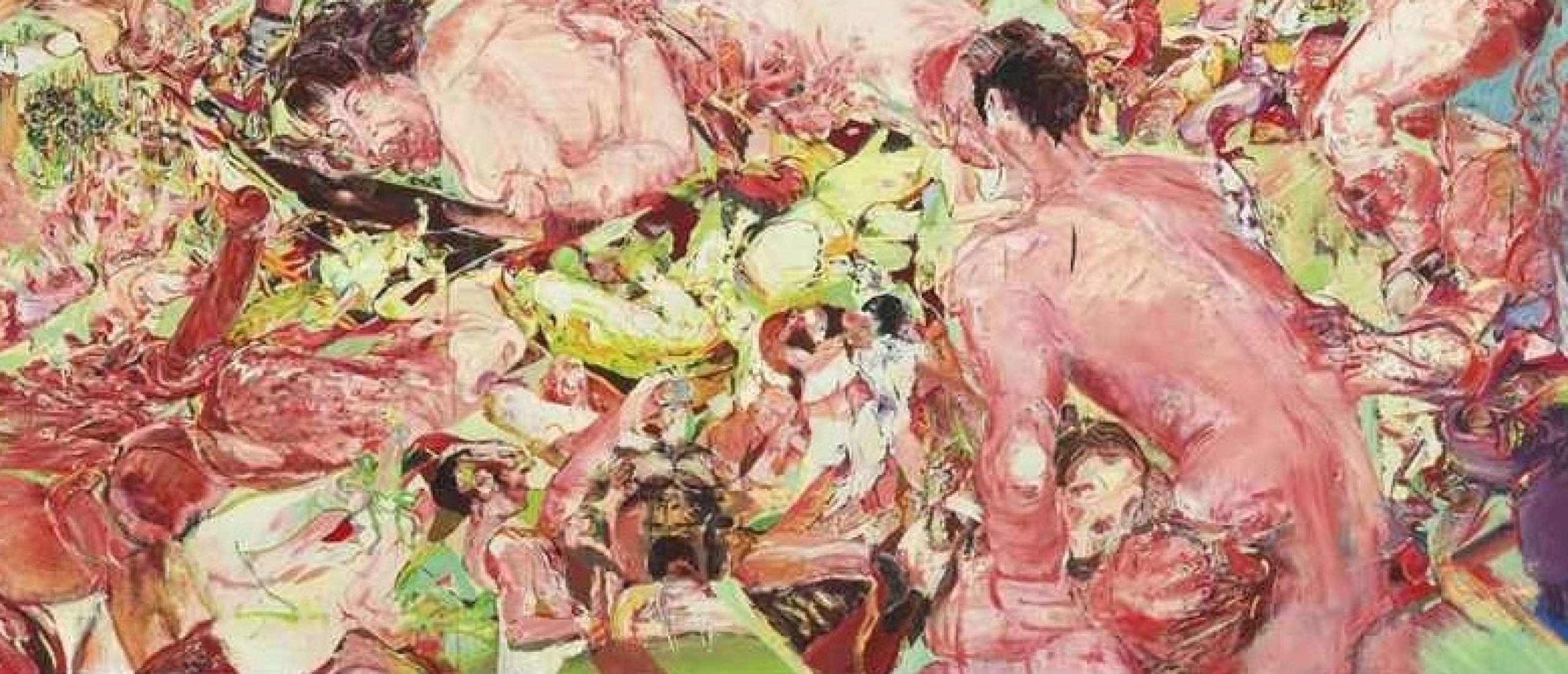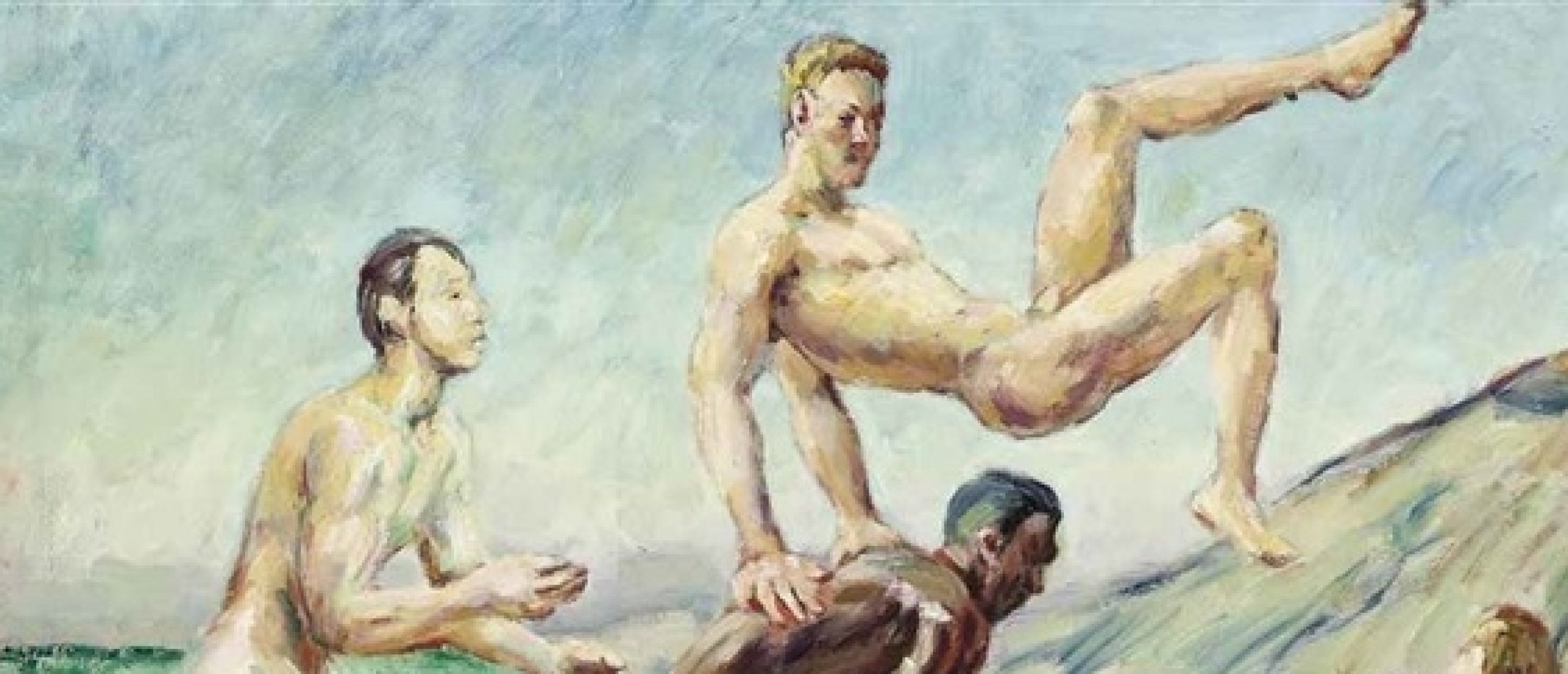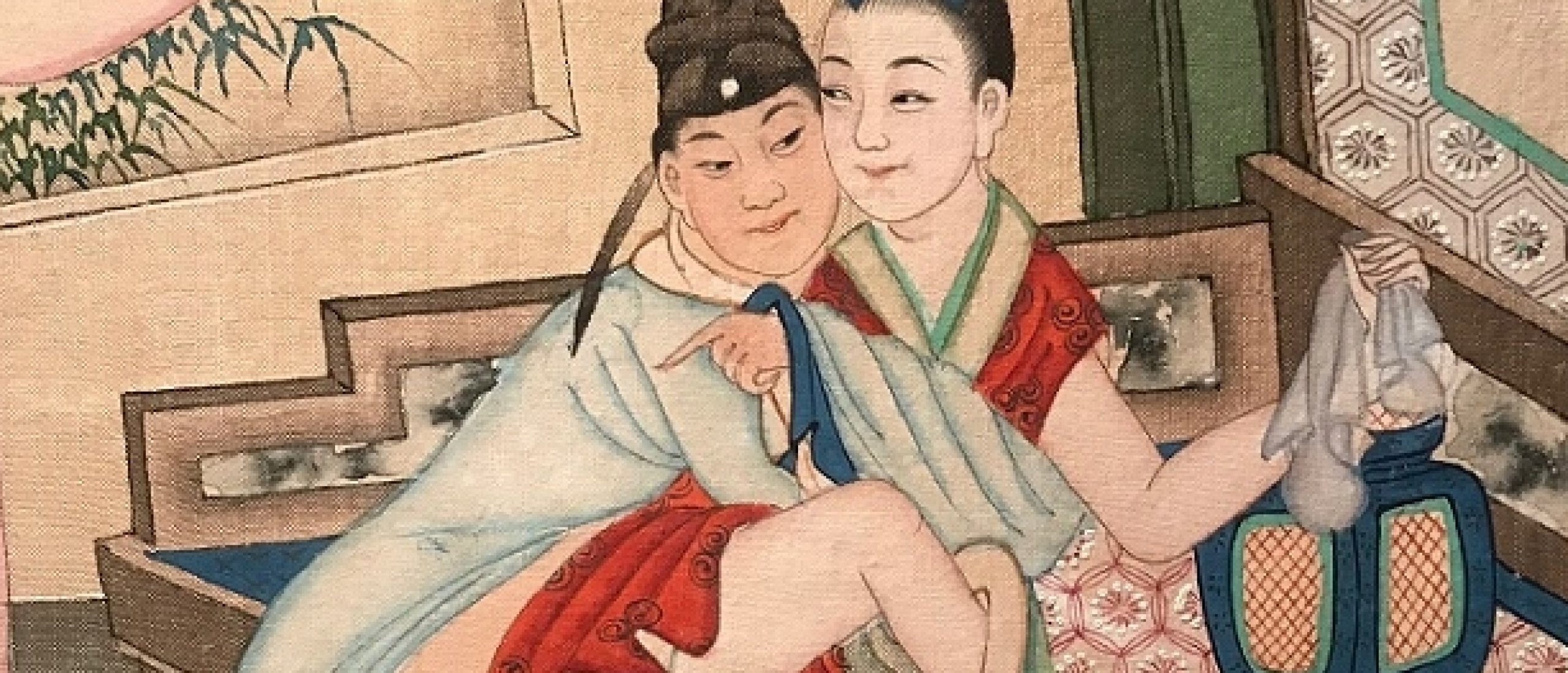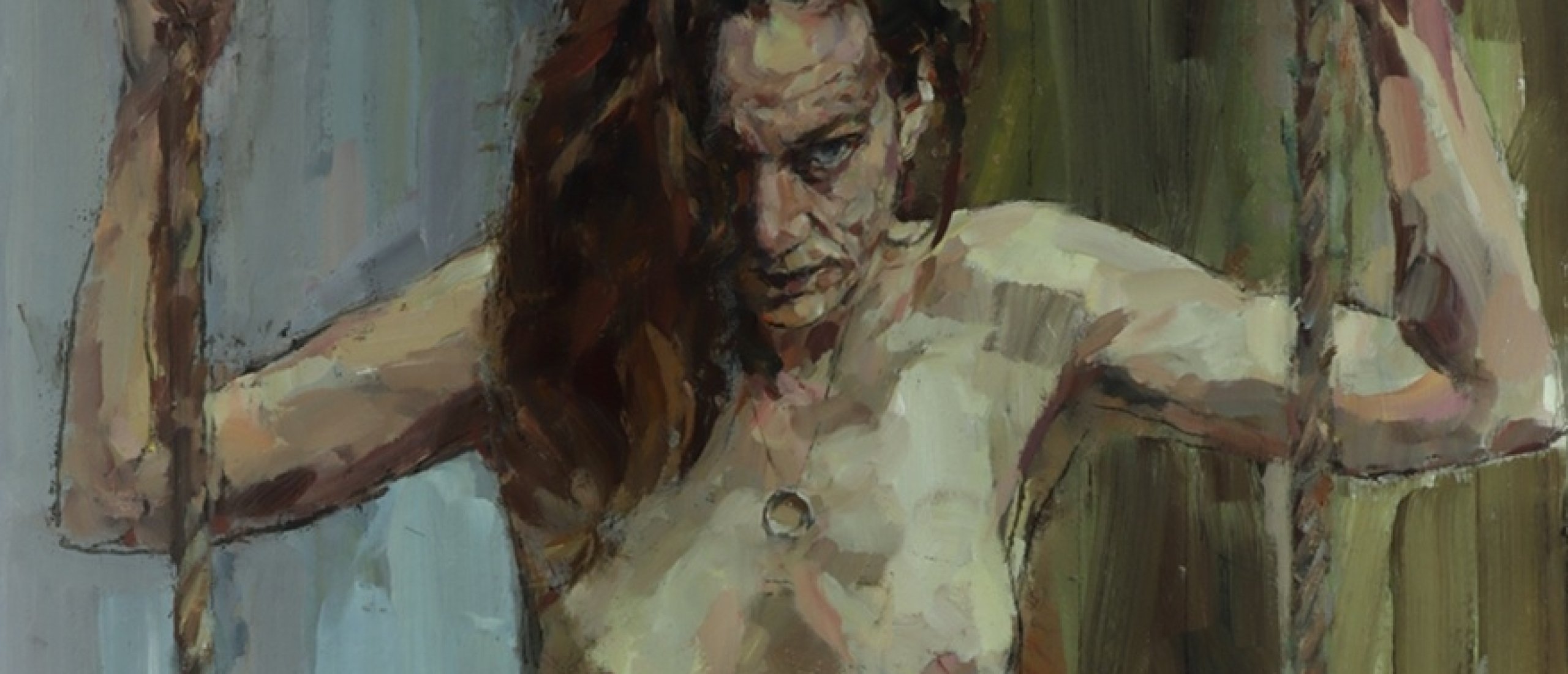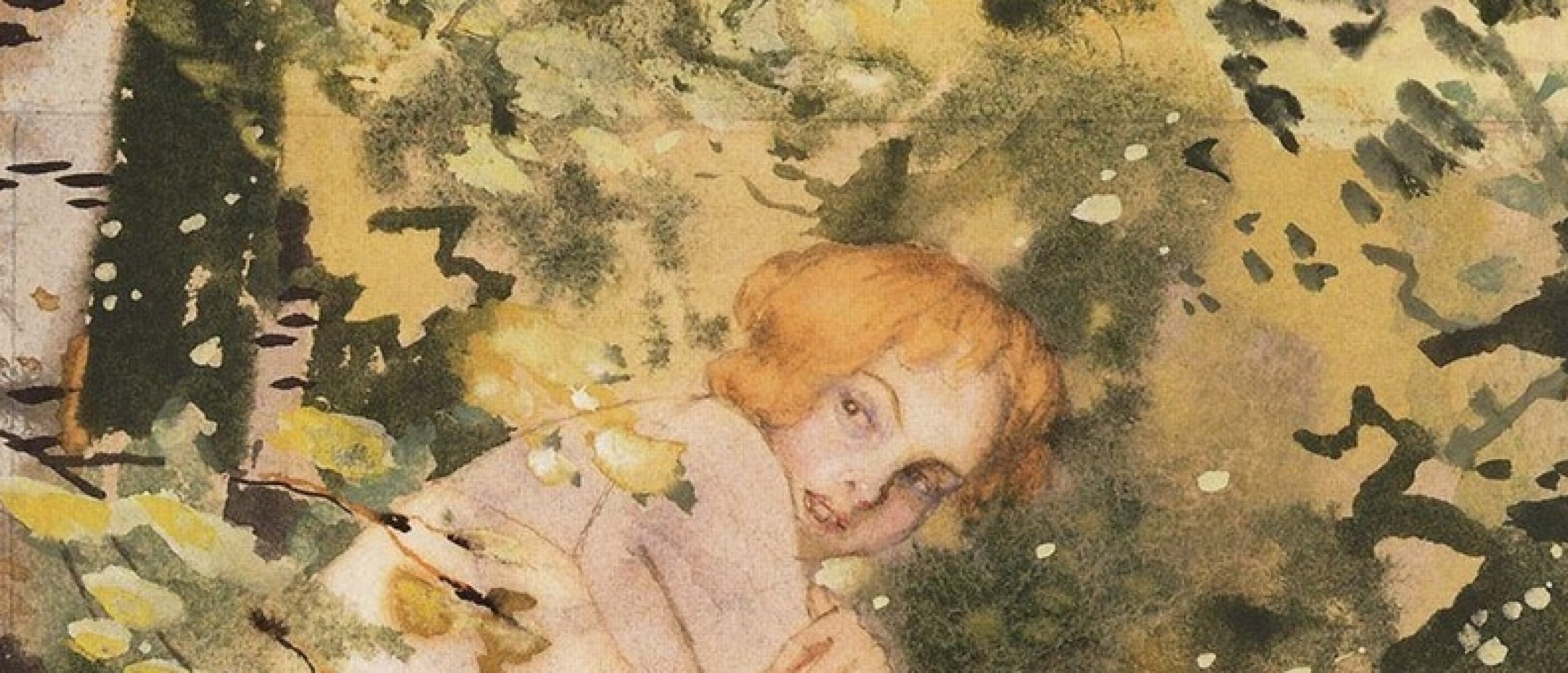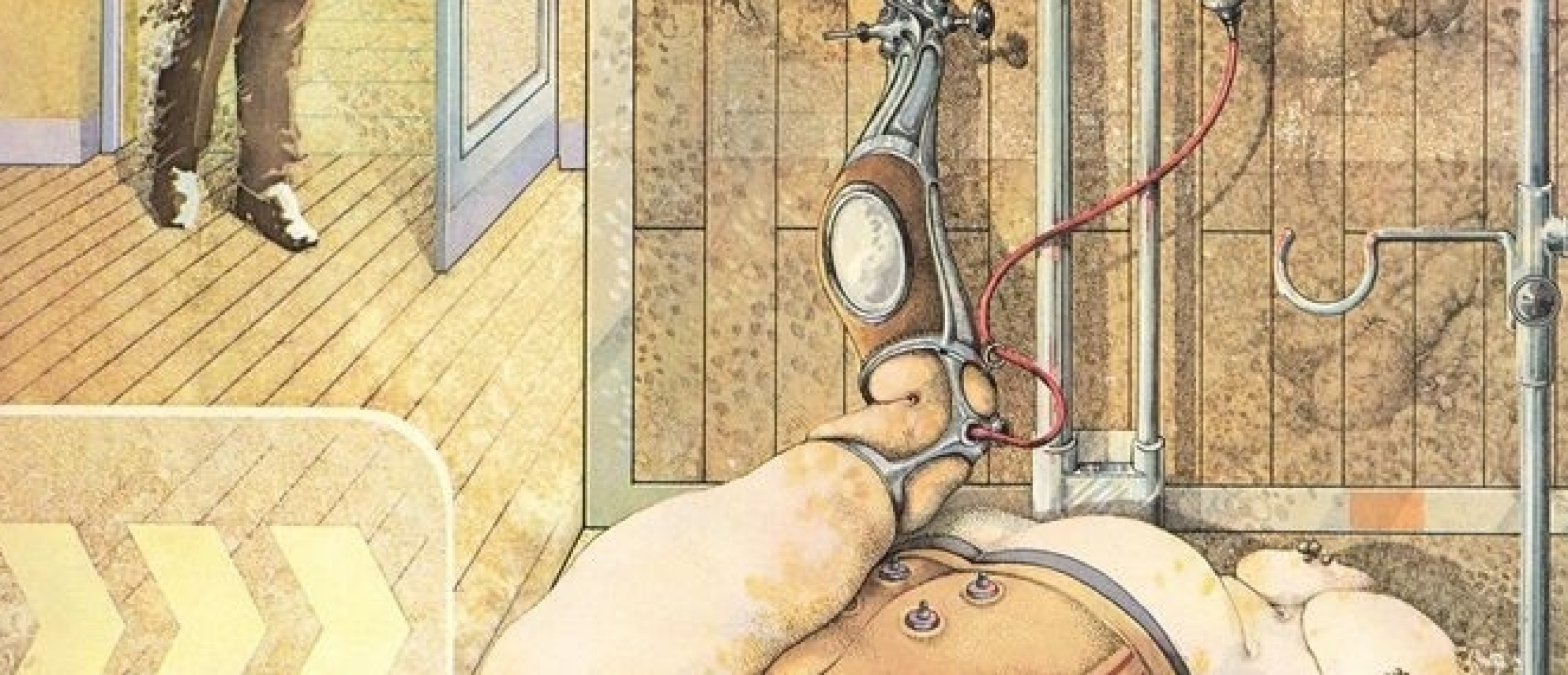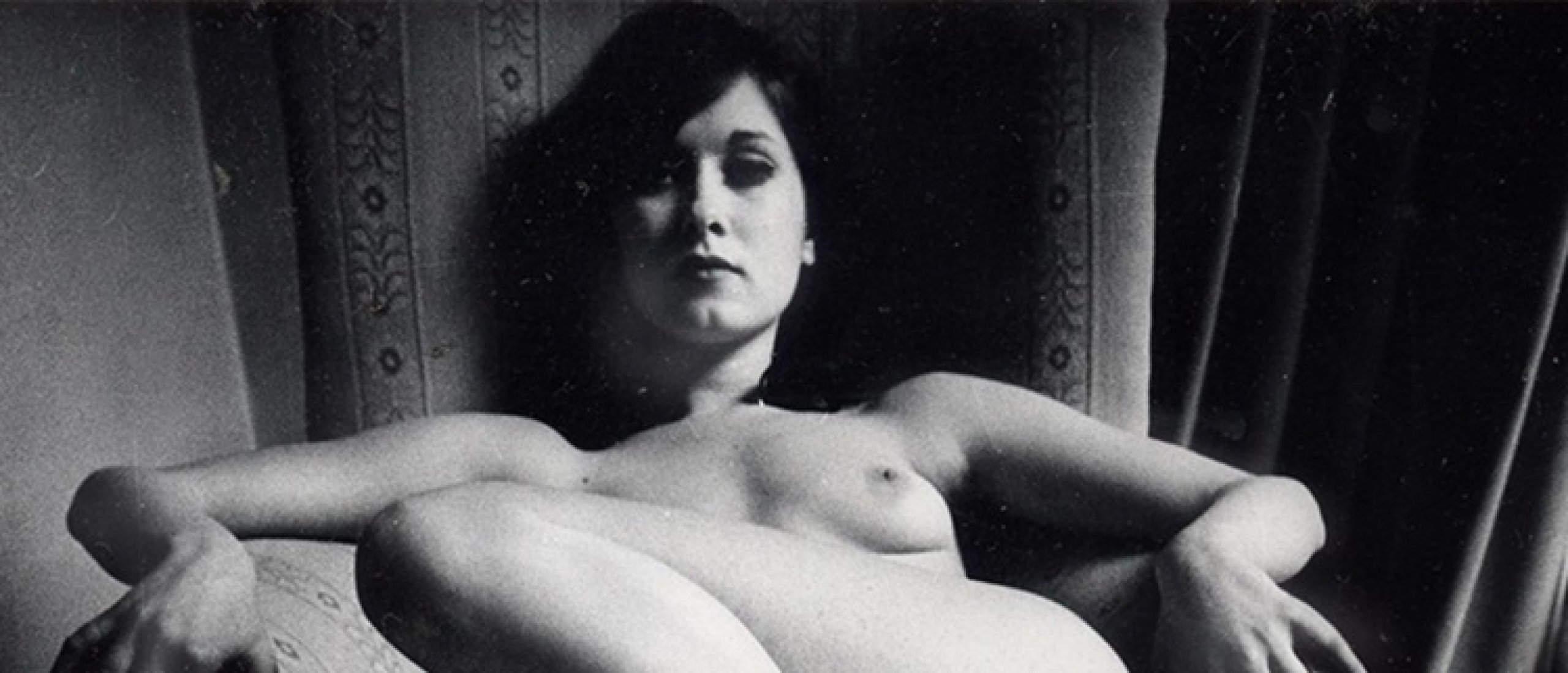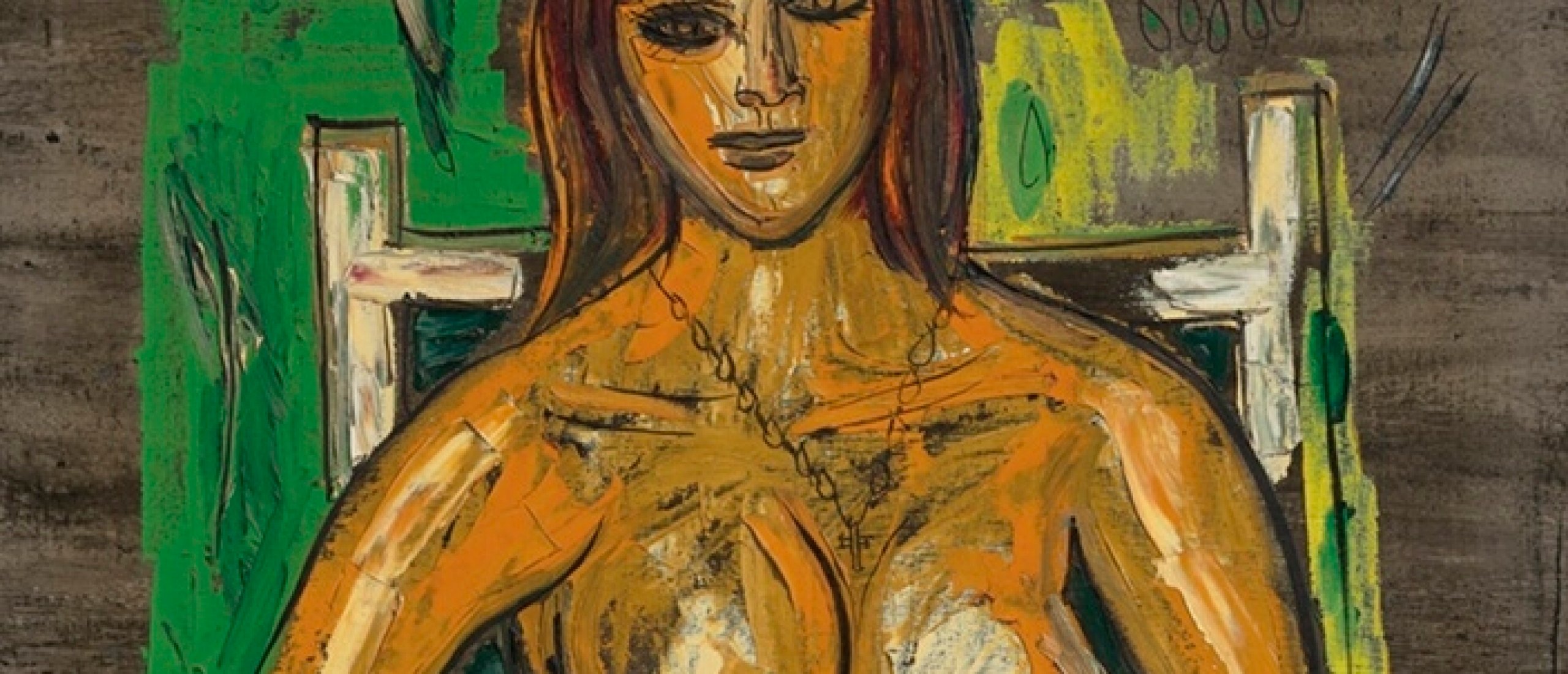
The Erotic Art of Francis Newton Souza: Modern Desire in the Shadow of Ancient India
Francis Newton Souza (1924-2002) was a founding member of the Progressive Artists’ Group in Bombay and one of India’s most uncompromising modernists. Souza was born on 12th April 1924 in a village of Saligão, Portuguese Goa. His parents were Goan Catholics. Of course, it is always the Catholics who have to become to most naughty, as a sort of rebellion. In 1929 he moved to Bombay with his family and there he was expelled from college because he was painting obscene graffiti on the walls. Sensuality was at the core of Souza’s artistic expression from his earliest days, it seems. His art is remembered for its jagged lines, grotesque distortions, vibrant colours and an unapologetic sensuality. His erotic works occupy a unique space at the intersection of provocation and cultural reclamation.
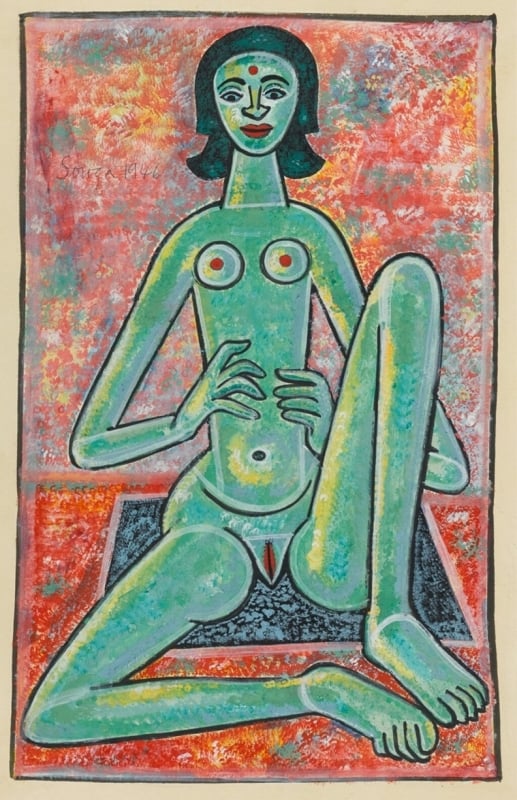
Fig.1 Francis Newton Souza, Untitled (Nude), 1946, gouache
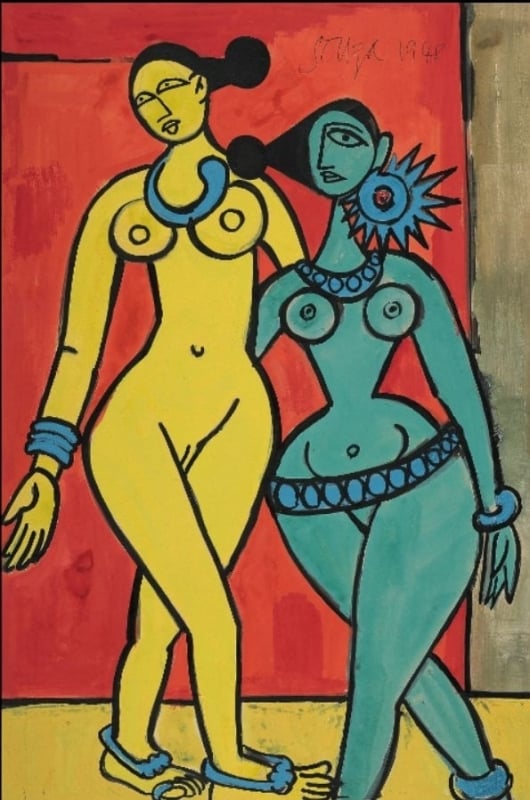
Fig.2 Francis Newton Souza, Untitled, 1948
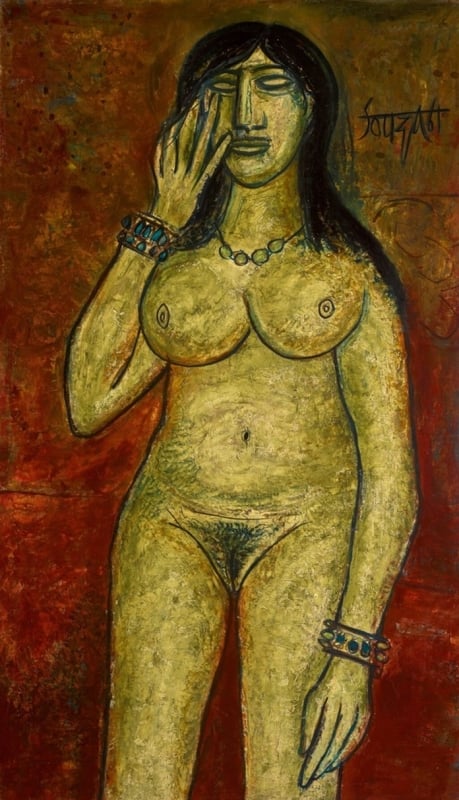
Fig.3 Francis Newton Souza, Untitled (Nude), 1961
Ugliness and Exaggeration
Souza’s erotic art, from pen and ink drawings to oils, often depicts nude female figures with an unflinching directness. His women are not soft, demure, idealised goddesses in the classical European artistic sense, but they are not merely stylised apsaras from the Indian tradition either. They are raw, angular, and sometimes confrontational. Breasts are exaggerated, limbs are sharply outlined, genitals are visible without coy concealment. In this grotesque vision, Souza brings to mind European artists such as George Grosz. The aesthetic of ugliness and exaggeration is what Souza thrived in. When I look at Souza’s painting it seems to me that he was always playing with elements of European art and Ancient Indian art. While some paintings, such as in Fig.6. and Fig.7. seem as if they were painted by a European painter, the others such as those seen in Fig.1. and Fig.2. are a wink to the past.
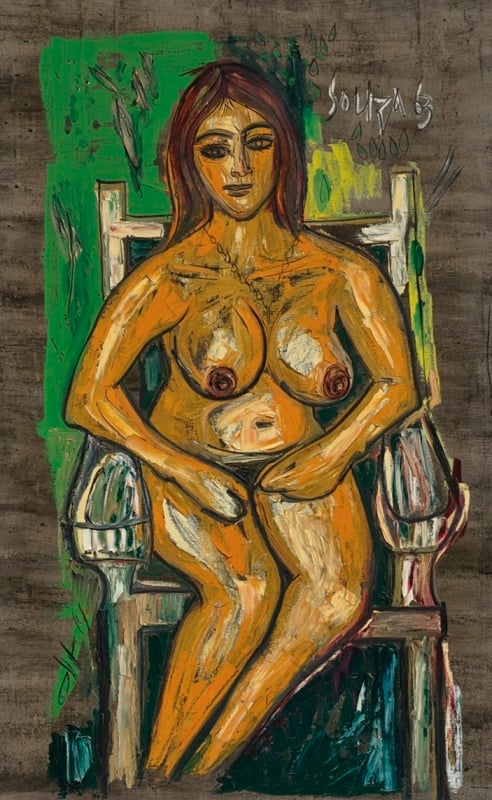
Fig.4 Francis Newton Souza, Untitled (Nude), 1963
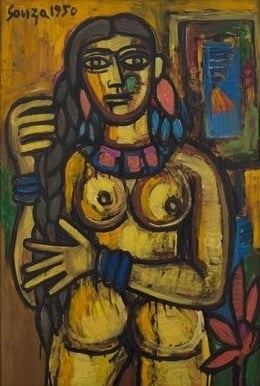
Fig.5 Francis Newton Souza, Front-Back Nude, 1950.
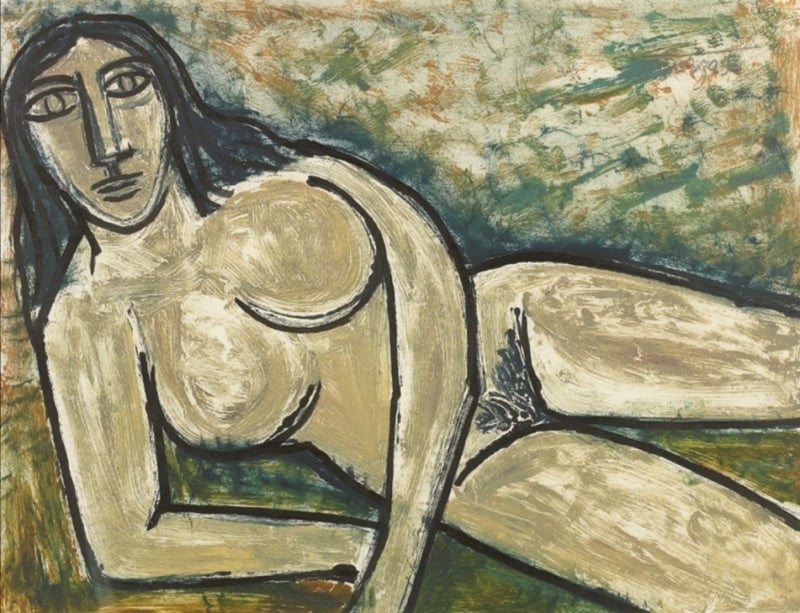
Fig.6 Francis Newton Souza, Nude, 1956
Visual Diary of Desire
While these paintings are, to some extent, shocking, they are rarely about pornography. Souza’s erotica pulses with psychological charge, the women seem both available and untouchable, both subject and object. This complexity reflects Souza’s own conflicted Catholic upbringing in Goa, where the sensual body was often cast as a site of sin. By rendering eroticism so openly, he defied both colonial morality and the sanitised narratives of the post-independence Indian art. When I look at some of his paintings, such as the ones in Fig.3. and Fig.8., remind me almost of some sketches or doodles a teenage boy might be making secretly at school, not because they are bad in the amateurish sense but because they are so obsessed with exaggeration of the bosom. Souza once said, ’I paint what I see, and what I see is what I feel’; his erotic art, then, becomes a visual diary of desire, guilt, and rebellion.
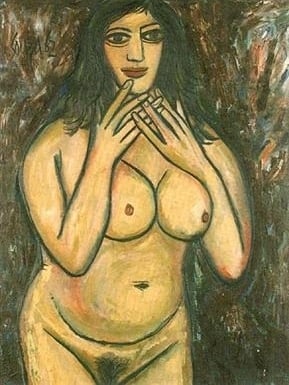
Fig.7 Francis Newton Souza, Female Nude, 1962
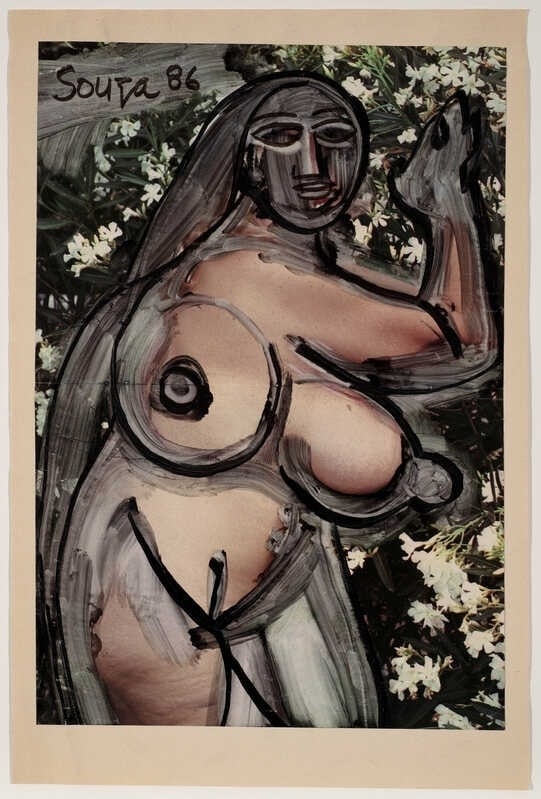
Fig.8 Francis Newton Souza, Female Nude, 1986
In Premium more on why Souza's erotic art in a sense is a reclamation, the commotion during his exhibitions, the aesthetics of his paintings, and MORE....!!!
Click HERE for the aroused threesomes, reclining lesbians, and playful hermaphrodites by George Grosz
Let us know your thoughts on Newton Souza's paintings in the comment box below...!!

